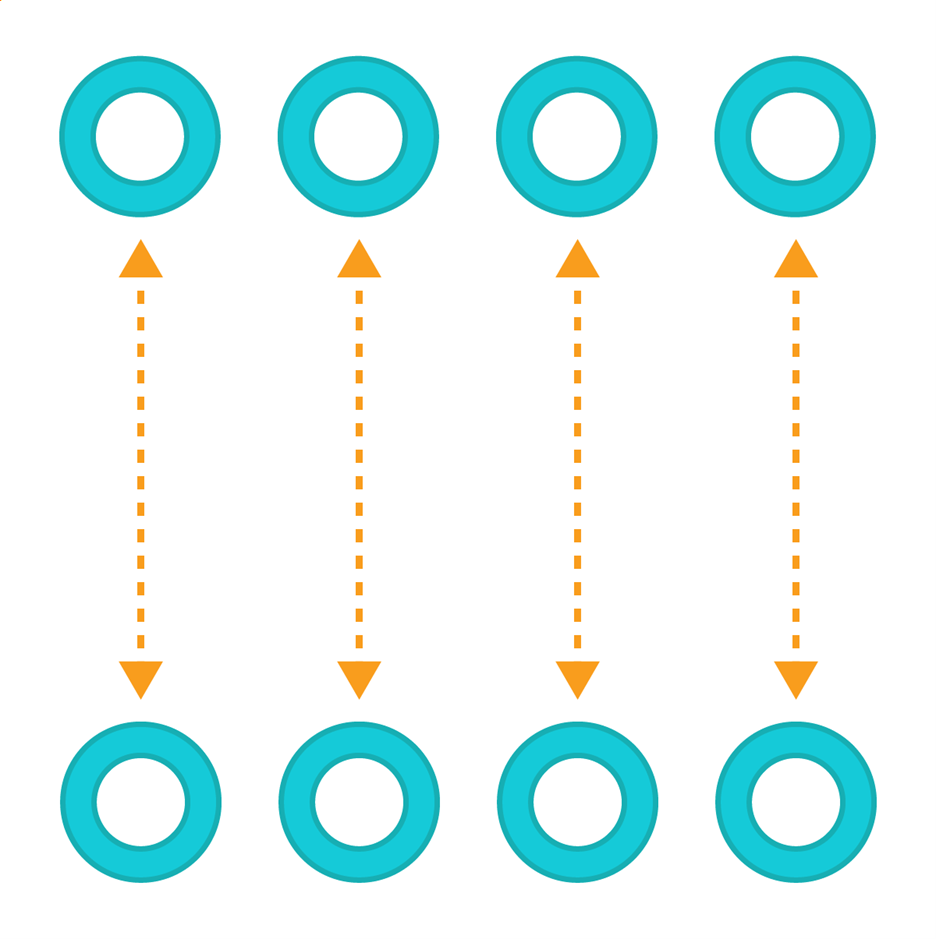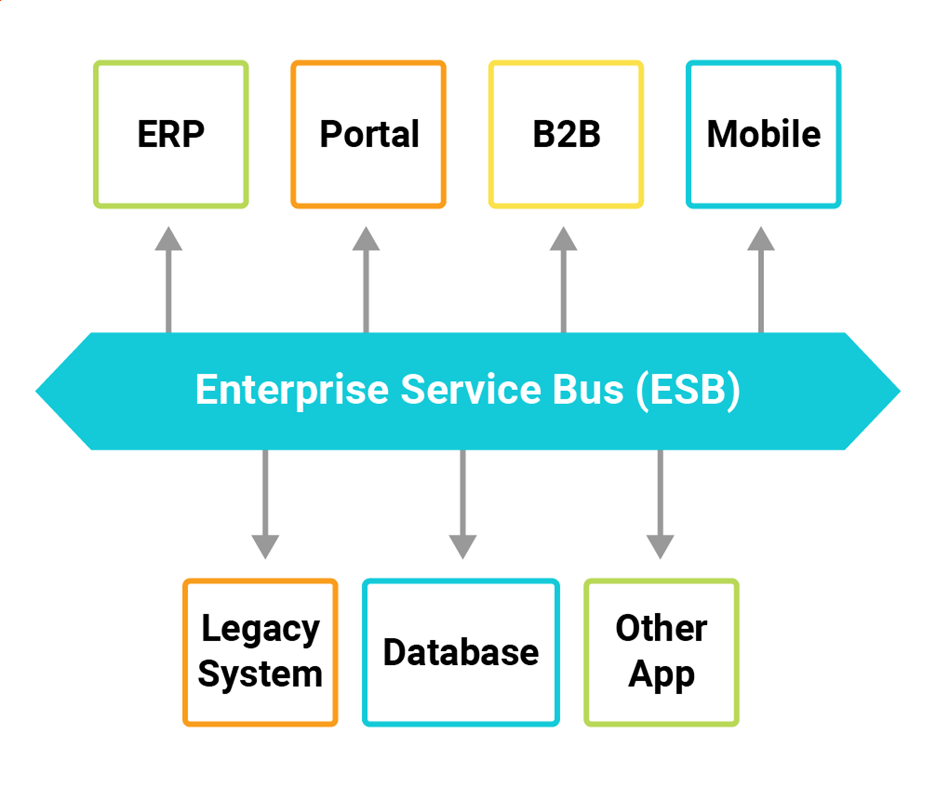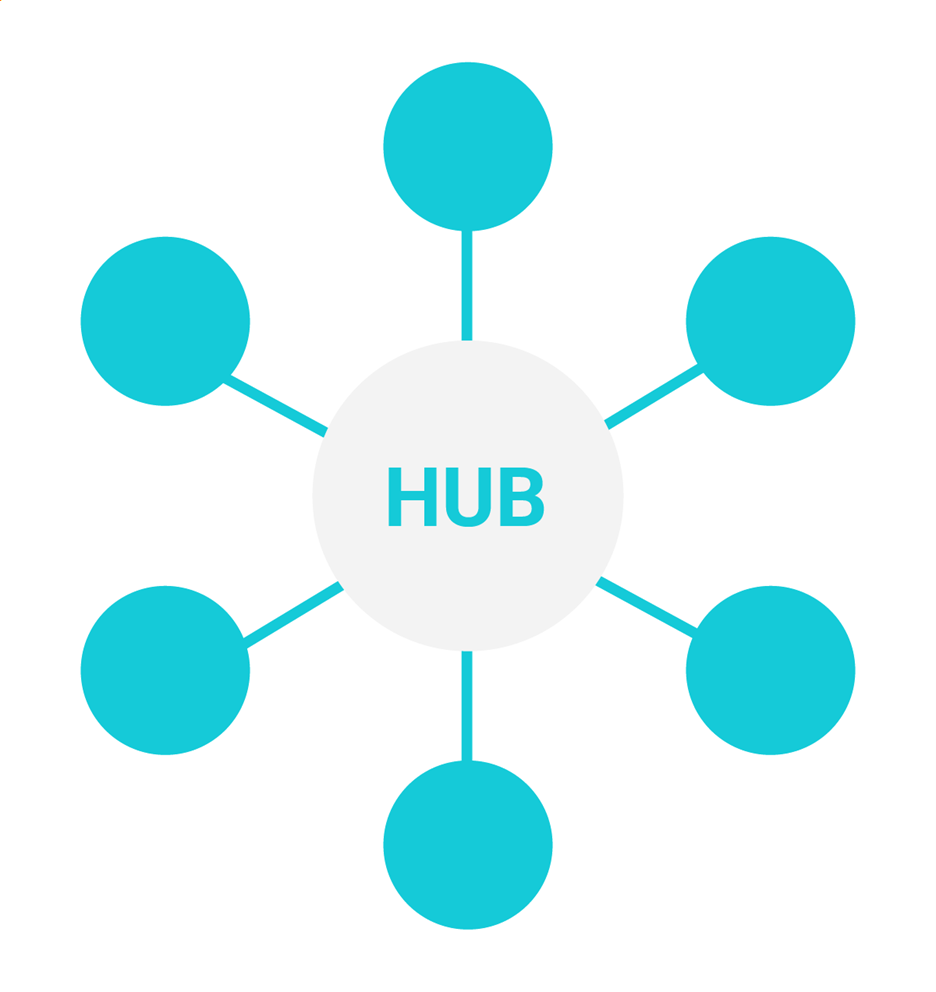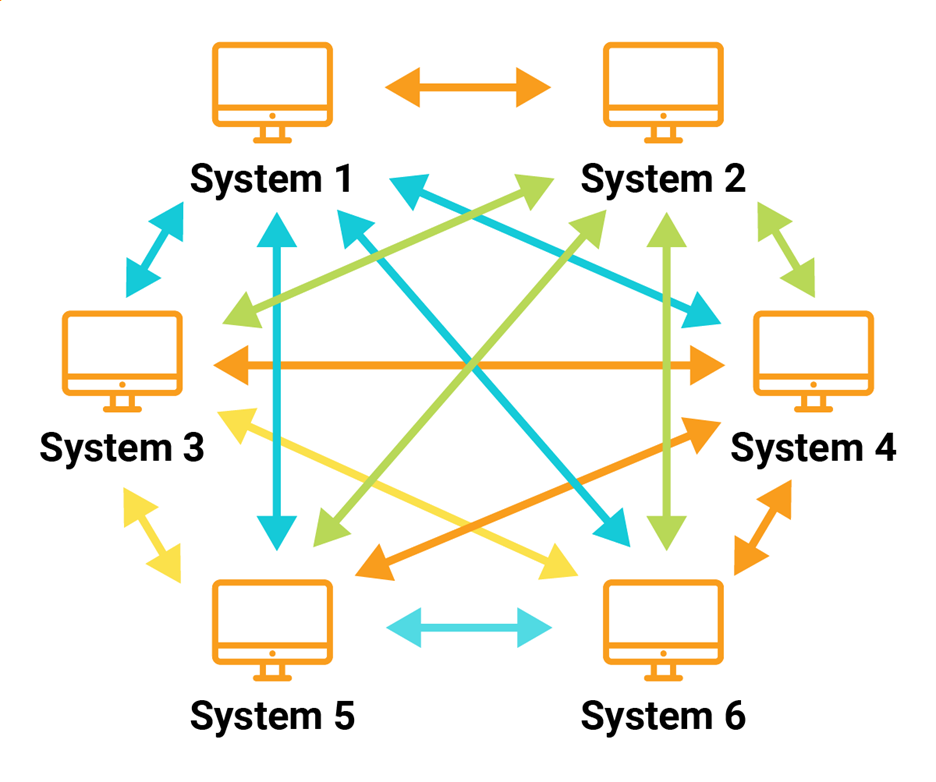Most IT systems don’t operate in a vacuum—they have dependencies on other systems. And as organizations attempt to grow while trying to maximize their bottom lines, they soon discover it leads to a broad expansion of applications across the organization.
It becomes especially evident as you look within an organization for any
legacy systems hanging around for more than a handful of years. These systems are always considered “critical”—never to be upgraded or migrated. They’re seen as vital components to the overall workflow of the organization, and they’re frequently monolithic mainframe systems not always willing to play well with other systems.
But there’s little chance these legacy systems can continue to avoid playing with other systems. They must be integrated with more modern platforms to remain fully functional to the business. Additionally, legacy systems usually require data transformations that fall under the umbrella of system integration.
System Integration Explained
From a high level, system integration refers to the set of concepts and methodologies allowing for different subsystems or applications to be linked together using technology such as APIs or other adapters. This interconnectivity enables each independent underlying system to send and receive data depending on configurations, to maximize efficiency, reduce human errors, and increase productivity.
System integration includes connecting to systems within the walls of your organization, as well as connecting to partners and systems hosted by software as a service (SaaS) providers. For example, Microsoft Dynamics is an online enterprise resource planning (ERP) solution with included marketing components. The business can integrate Dynamics with other existing related functions, such as a customer relationship management (CRM) system and workflows to centralize data.
This combination promotes better systems efficiency and can improve data accuracy while helping lower operational costs. By providing data integration and management while continuing to streamline business processes, implementing new or revisiting your existing system integrations can also be a crucial part of the digital transformation journey.
What Types of System Integrations Are Possible?
There are a few main types of integrations to discuss. Some are directional, such as vertical and horizontal, while others are more architectural in design, such as star or hub-and-spoke. Each method has its pros and cons.
Vertical Integration
The foundation of vertical integration is connecting functionally similar systems. Most often, this form of integration is rigid and difficult to manage over time. However, if the overall number of underlying applications and platforms is minor, it can be beneficial when organizations need to tackle a single business function. Vertical integration happens within silos, allowing related applications to continue to work together instead of branching out horizontally to exchange data.

Horizontal Integration
Often referred to as an enterprise service bus (ESB), this method of system integration allows for a smaller subset of integrations by letting each underlying platform have a single connection to a larger and more centralized interface. A practical example of an ESB is a train station. Each remote train stop is on a single track leading to and from the central train station. Passengers can get off one train and board another to reach another train station elsewhere. This effectively allows each system to be “decoupled” from other systems, and the only thing each system is aware of is the ESB itself.

Hub-And-Spoke
This type of integration deploys a “wagon wheel” design, where each subsequent system has a single point of integration (the “spoke”) to a centralized repository, the “hub.” The hub acts as a translator, converting all the messages from all connected applications into a single canonical or common data format language and providing the appropriate routing of those messages to their correct destination.

This differs from the horizontal/ESB model as ESB allows for multiple data formats, whereas hub-and-spoke only allows for one. And each application connecting to the hub receives a unique integration engine, making replacement easier since it’s tied to a single application. With hub-and-spoke, each spoke uses the same integration engine to tie everything together. This makes future enhancements of the integration architecture more difficult because each individual spoke must be addressed.
Star (Point-To-Point)
Sometimes called point-to-point (as in a collection of point-to-point integrations) or spaghetti integration, the star integration ensures every integration point, or application, communicates directly with all other applications. This eliminates the use of a centralized repository and allows for direct communications between individual systems. Every integration point effectively connects each point, giving it a star shape when shown as a diagram. While this pattern can simplify connections, it may not work with all systems.

Discover the Benefits of System Integration
Integrating disparaging systems can be tedious and cumbersome. Organizations can have a sizeable ecosystem of applications and services that must communicate with everything else. Using a centralized tool to manage these integrations can help simplify integration, administration, and support.
With over 200 available cloud application integrations,
SolarWinds® Service Desk is built to help enhance your service desk and asset management abilities by streamlining visibility under one platform.
Types of integrations include remote support tools, monitoring platforms, and
Zapier, which can connect Service Desk with over 5,000 applications. You can also learn more about what types of
service desk integrations are beneficial for almost any type of organization.


 This differs from the horizontal/ESB model as ESB allows for multiple data formats, whereas hub-and-spoke only allows for one. And each application connecting to the hub receives a unique integration engine, making replacement easier since it’s tied to a single application. With hub-and-spoke, each spoke uses the same integration engine to tie everything together. This makes future enhancements of the integration architecture more difficult because each individual spoke must be addressed.
This differs from the horizontal/ESB model as ESB allows for multiple data formats, whereas hub-and-spoke only allows for one. And each application connecting to the hub receives a unique integration engine, making replacement easier since it’s tied to a single application. With hub-and-spoke, each spoke uses the same integration engine to tie everything together. This makes future enhancements of the integration architecture more difficult because each individual spoke must be addressed.









